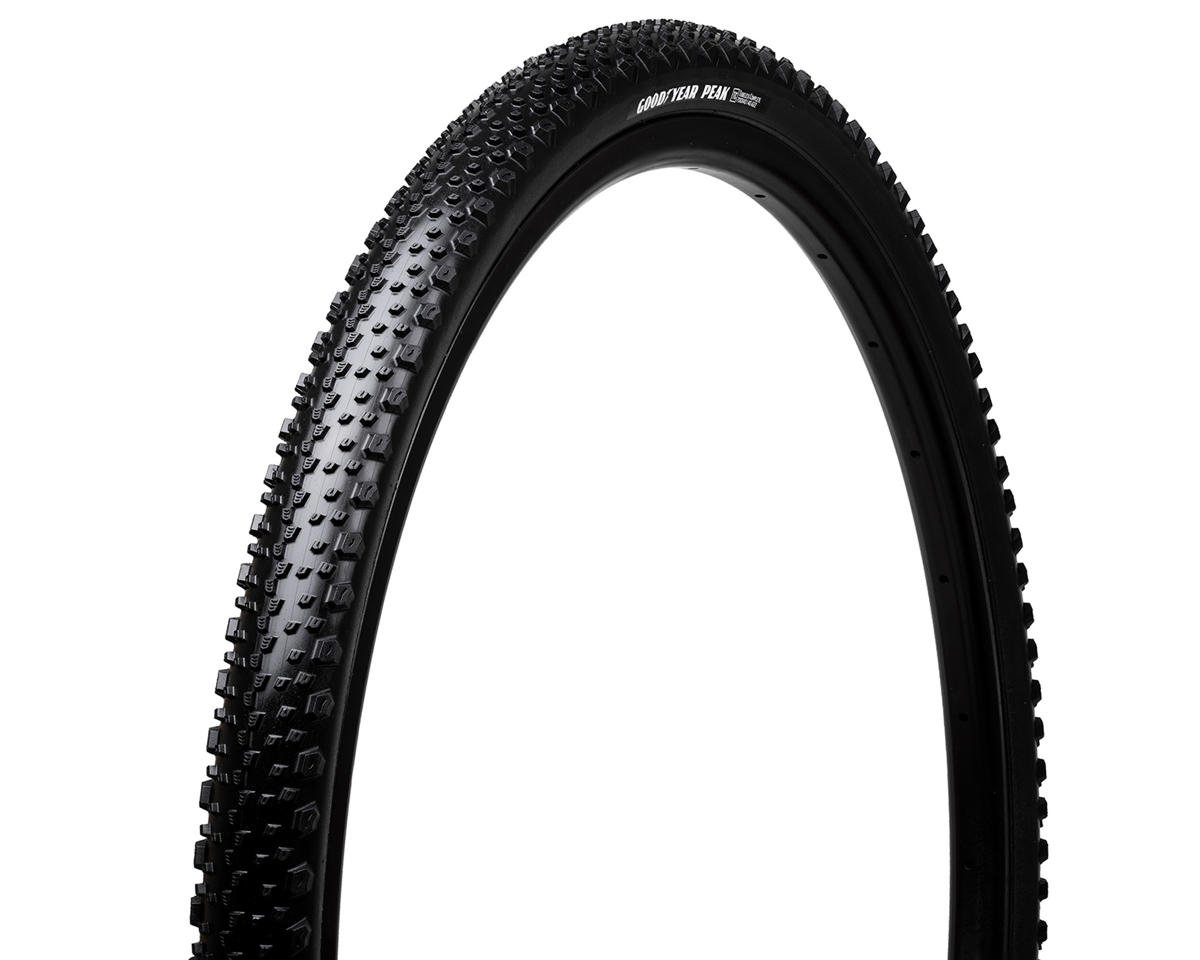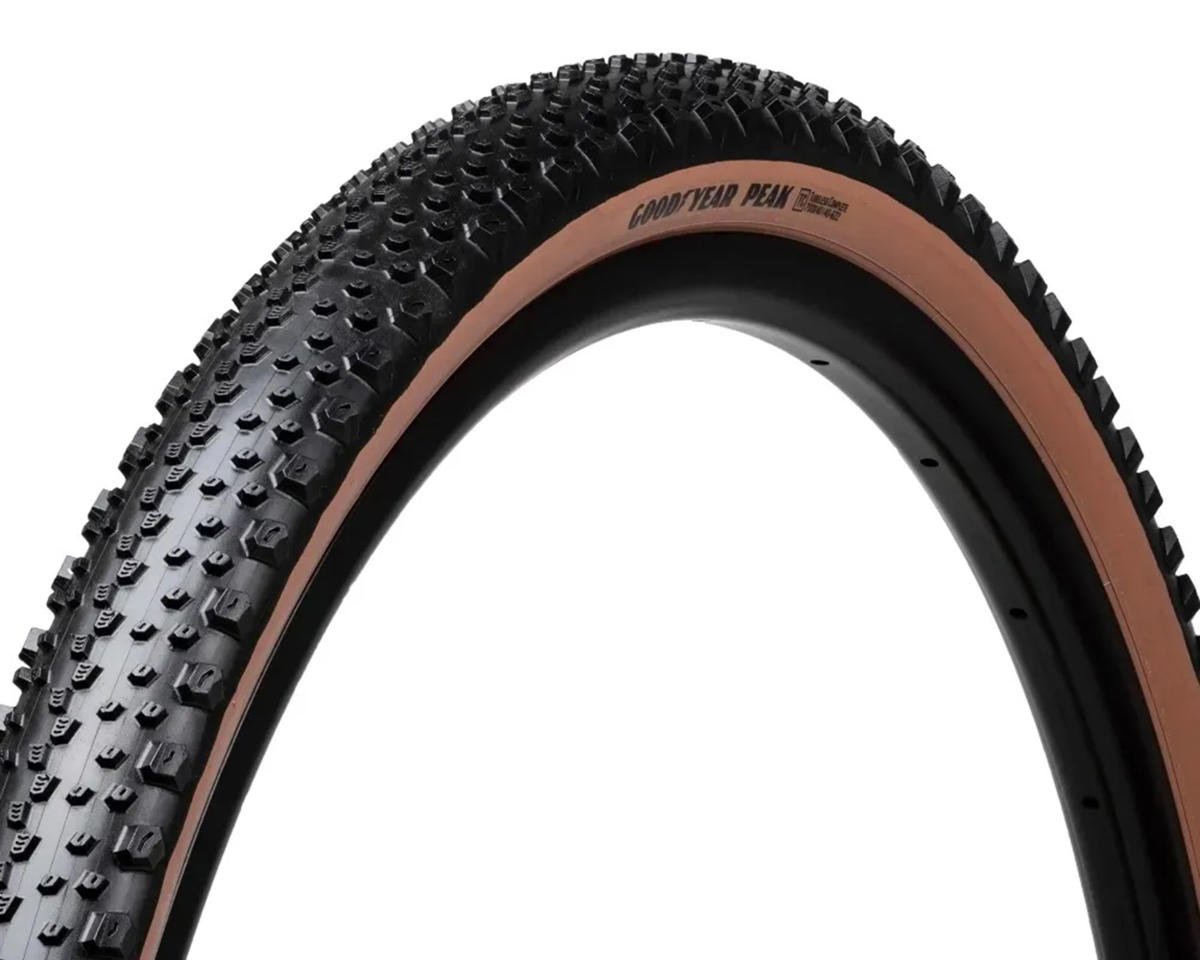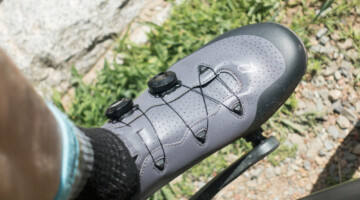
Sven Nys Wins 2013 Superprestige Hoogstraten in Belgium, where the sport is a major, big dollar spectator sport. © Bart Hazen
Welcome to our newest section of the website, our Frequently Asked Questions. Now, as we add to our list of questions, we’ll be featuring them so new racers can get brought up to speed on the magic of ’cross. For our first question, we’re answering the most basic one, the one that we hear all the time: What is cyclocross?
Cyclocross is a very specific type of bike racing. For the most part, the course is off-road but there are sometimes portions of pavement included in the course. You can expect to encounter grass, dirt, mud, gravel, sand, and a whole slew of other assortments and combinations. The races are based on a set time (measured by numbers of laps), not distance. Depending on your category, a race can be as quick as 30 minutes (for beginners), or as long as 60 minutes (for pros).
In most cases, race officials wait to see how quickly riders complete the first lap before deciding how many total laps will be completed. Depending on course conditions and pack motivation, the total time may be a few minutes less or more than the race flyer lists. Courses are twisty circuits, and if it is USAC-sanctioned, it must be a minimum of 2.5km and a maximum of 3.5km long.
Courses typically, but not always include barriers, as well as other ‘features’ that will necessitate hoping both off, and back onto, your bike. Officially, these barriers are considered obstacles that are no more than 40cm tall, and 4-6m apart. With very few exceptions, barriers are small enough for everyone to safely run through. Those brave (and skilled) enough can hop their bikes right over. (More on obstacles later!)
Often there are hills, sand pits and muddy sections that are too difficult or slow to ride, and thus a racer will shoulder their bike and run with it. Running has become a smaller part of the racing over the last decade, but especially in the Pacific Northwest, you’ll find mud so thick it’s often faster to run.
It is a fall and winter sport, with the first crop of races usually popping up in early September, followed by Nationals, and the World Championships in January. This means that if you look outside and see rain, snow, sleet, or shine, the show will still go on.
Technically, cyclocross is a form of bike racing, but here at Cyclocross Magazine, we also think of it as a lifestyle that involves grabbing any bike, and navigating any type of terrain or obstacle, in the fastest and most efficient way possible. It’s also an adventuresome style of riding, with a versatile bike that allows you to explore any gravel or dirt road, park or trail that you stumble upon.
Get schooled in cyclocross with our Cyclocross Academy class list here, and make sure you’re subscribed to Cyclocross Magazine, your guide for getting into the sport, and upping your ’cross knowledge. Not subscribed yet? For the newbies, our Issue 21 has a great feature on buying your first cyclocross bike, and Issue 22 has a story on how to get into racing and what to expect at your first race.
Thanks to Mathew Shimoko for leading our FAQs effort.































